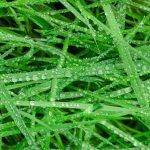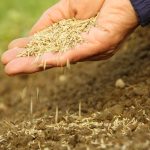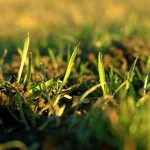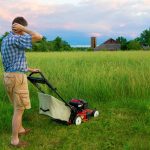Mulching grass can be an easy and effective way to feed your lawn, without having to spend a penny.
However, although there are many benefits of mulching grass, there are also some downsides to this practice as well.
In this guide, we’ve explained the downsides to mulching grass, so that you can decide whether or not to mulch or collect your grass cuttings.
1. It can harm your lawn, if done at the wrong time
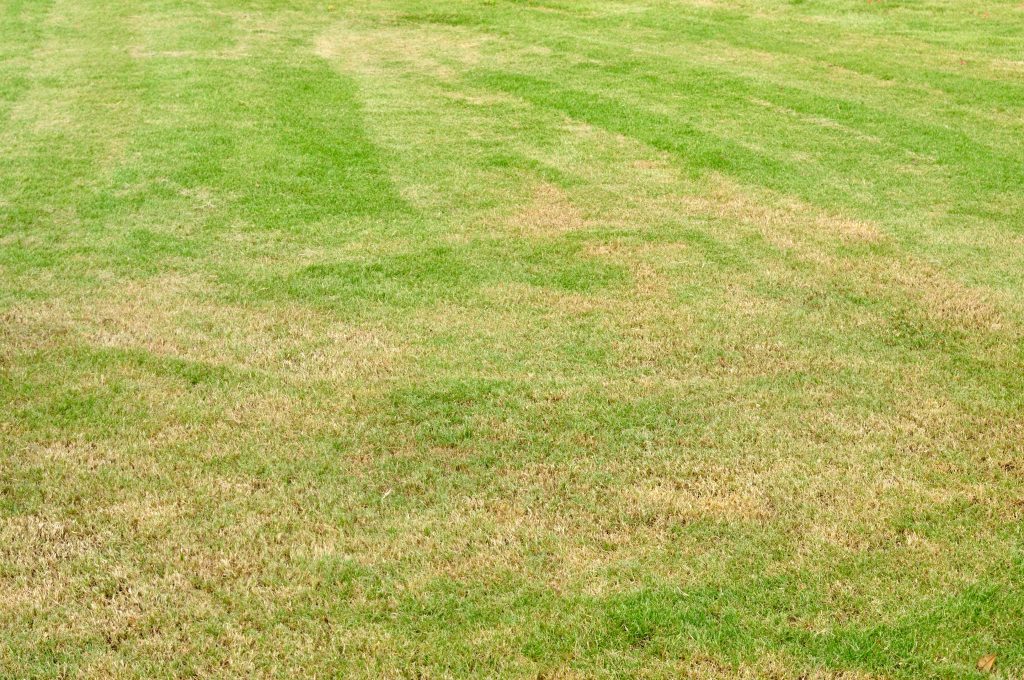
There are two main scenarios in which it’s not a good idea to mulch your grass clippings:
- If the grass is wet, the clippings will clump together, and won’t decompose as quickly. This can lead to the spread of lawn diseases, especially fungal issues, leading to brown spots.
- If the grass is very long, there will be so many clippings that your lawn won’t be able to decompose them quickly enough. This can lead to similar issues – your lawn will be starved of sunlight in patches, which can lead to bare spots if the mulch doesn’t decompose in time.
Essentially, the disadvantage is that when mulching, you’ll need to mow your lawn more often, to ensure that you’re not adding too many clippings at once.
You’ll also want to avoid mowing the grass when it’s wet, otherwise your mulch could lead to fungal issues developing.
2. It’s messy
If you mulch your lawn clippings, your lawn is guaranteed to look a lot worse when you finish mowing, compared to if you bagged up your clippings.
It takes grass clippings a few weeks to decompose, so there will still be evidence of them on the surface of your lawn for a while after you’ve finished mowing.
This is a bit unsightly if you like to have a manicured lawn, but it also means you might walk the cuttings indoors, if you use your lawn straight after (especially if it’s a bit damp).
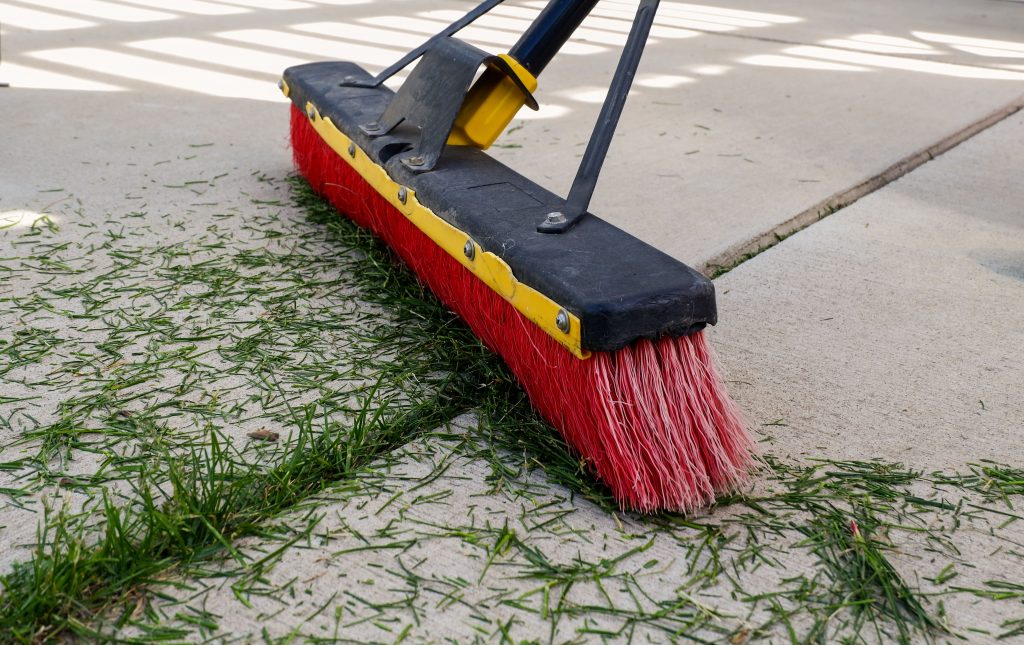
Also, when using a mower on its mulching setting, you’ll likely spread more grass cuttings onto other areas of the garden, such as on your patio or rockery. This is especially true if the grass is dry, and the weather is windy.
You’ll need to sweep up your grass clippings, or use a leaf blower if you want your garden looking perfect.
3. It can spread weeds
If there are weeds growing in your lawn, and you mow over them when bagging your clippings, the weed will be kept away from your lawn. The root of the plant may still be in place, and may regrow, but its spores won’t be able to spread to other parts of your lawn.
However, when mulching, the weed spores can be spread elsewhere on your lawn, because you’re spreading the clippings in a new location.
Therefore, it’s not recommended to mulch your grass clippings if your lawn is full of weeds.
4. It can make an existing thatch problem worse
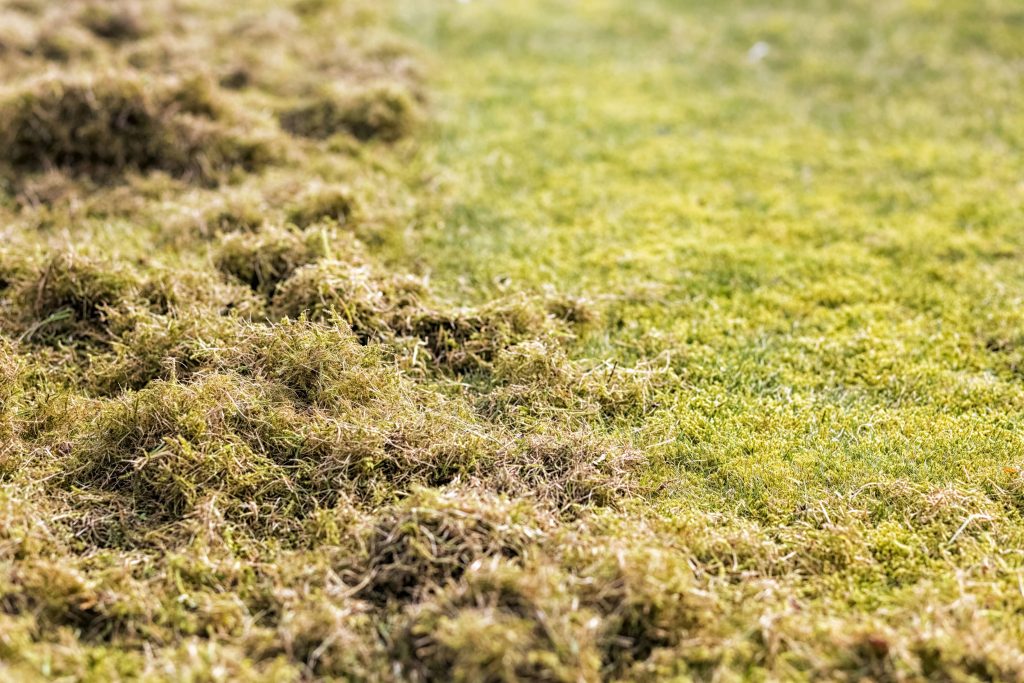
Mulching grass clippings doesn’t cause thatch issues, but if you already have about half an inch or more of thatch in place, mulching your cuttings can make the issue worse.
Thatch is a layer of dead organic matter that sits on the ground, among your lawn’s leaves. It’s normal to have a certain amount of thatch, but if there’s too much, it will starve your grass roots of air and light, harming your lawn’s ability to grow.
When you mulch on top of a thick layer of thatch, the grass clippings can’t reach the ground to decompose – instead they go brown and add to the existing layer of thatch.
5. You need the right type of lawn mower
To mulch your grass clippings properly, it’s best to chop the clippings into extremely fine pieces, to make them decompose faster. You ideally also want to push them down into the grass, rather than just leaving them all on the very surface of the lawn.
Mulching lawn mowers are designed to do this. They recirculate clippings around the cutting deck multiple times, chopping them up into fine particles, before pushing them down into the grass.
The problem is, proper mulching mowers are often petrol machines, because they need to have a lot of power to mulch your grass clippings properly. As a result, mulching mowers are quite expensive.
Of course, there are cheaper mowers with a mulching setting, and they do a good job most of the time. However, you might notice that the grass cuttings take a bit longer to decay, or are more likely to clump up, when you use a regular mower with a mulching plug.
6. You need to maintain your mower more carefully
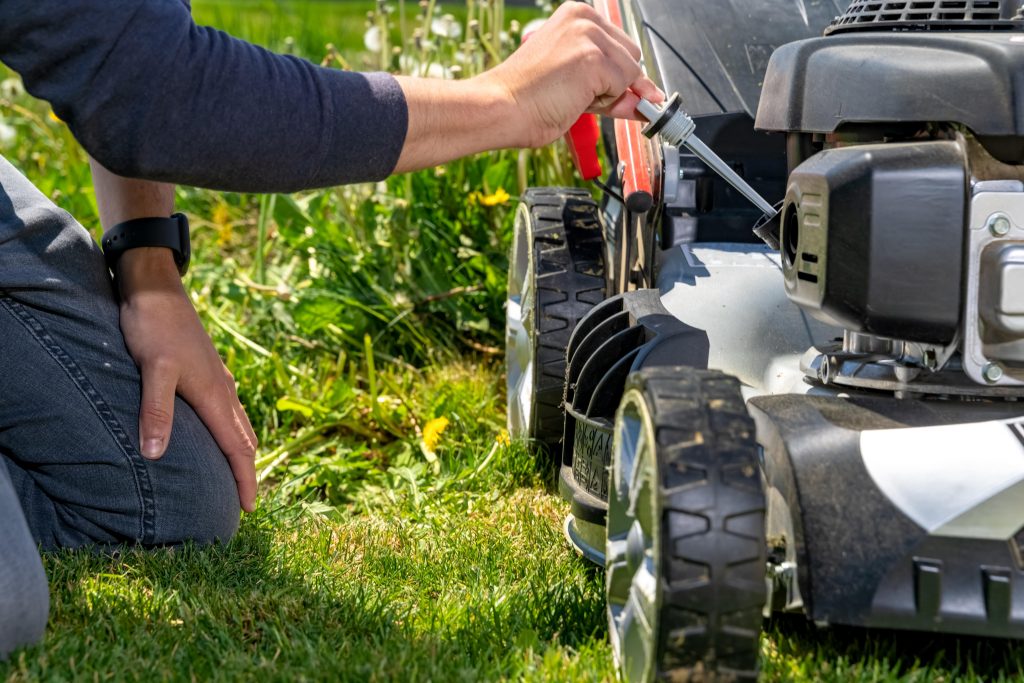
As we mentioned above, mulching your grass clippings requires that you mow the lawn more often, taking off less grass with each cut. This means that you’ll use your lawn mower more often, meaning you might need to change the oil more often, for example.
However, the main maintenance issue associated with mulching is keeping the blade nice and sharp. You need a sharp blade to cut up the grass clippings into fine particles, and the blade will be worn down more quickly as a result of this process.
Read our guide to sharpening a lawn mower blade to learn how to do this.
7. It can damage new lawns
If you’re just laid down turf or have recently sown grass seeds, it’s best not to mulch your grass clippings when you first begin mowing them. This is because:
- New lawns need as much sunlight and air as possible. Since mulch blocks these from reaching your lawn, even for just a short time, this can harm the development of your new grass.
- New lawns are less resilient, and are more fragile than developed ones. They are less able to break down the nutrients from mulch. Therefore, it’s best to feed them directly by applying compost or fertiliser, if you need to do so.
Conclusion
This is the end of our guide explaining the downsides to mulching your grass cuttings, rather than bagging them.
Still not sure whether to mulch, or collect clippings in a grass bag? Feel free to leave a comment below, and we’ll get right back to you.

I’m Josh, and I’m the head writer at Lawn Care Pro.
I love everything lawns, but I’m a bit of a lawn mower nerd. I spend a lot of my free time tinkering with mowers, and planning my mowing schedule for the next few weeks.
I’m also into cars, which comes in very helpful when servicing a mower engine!

